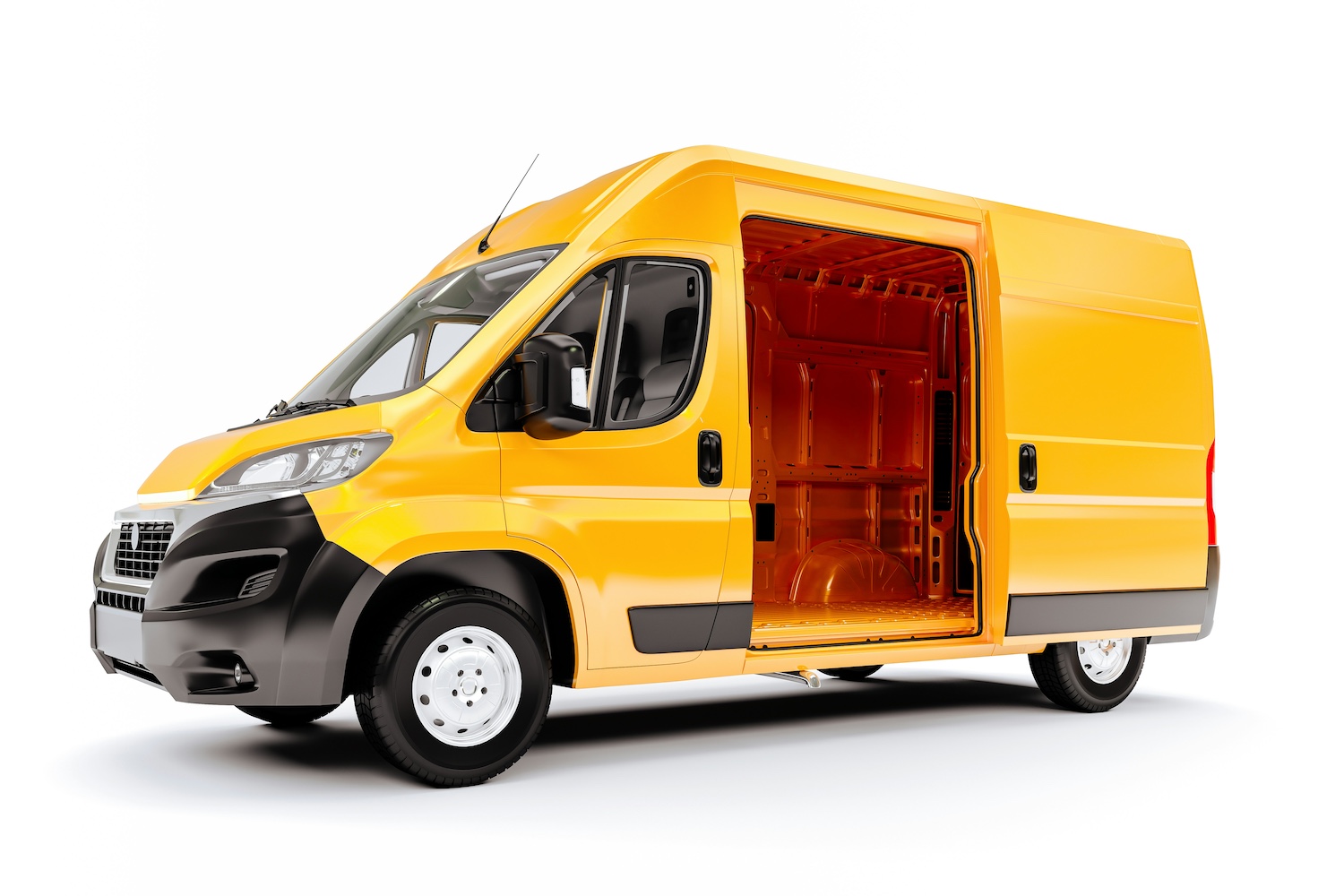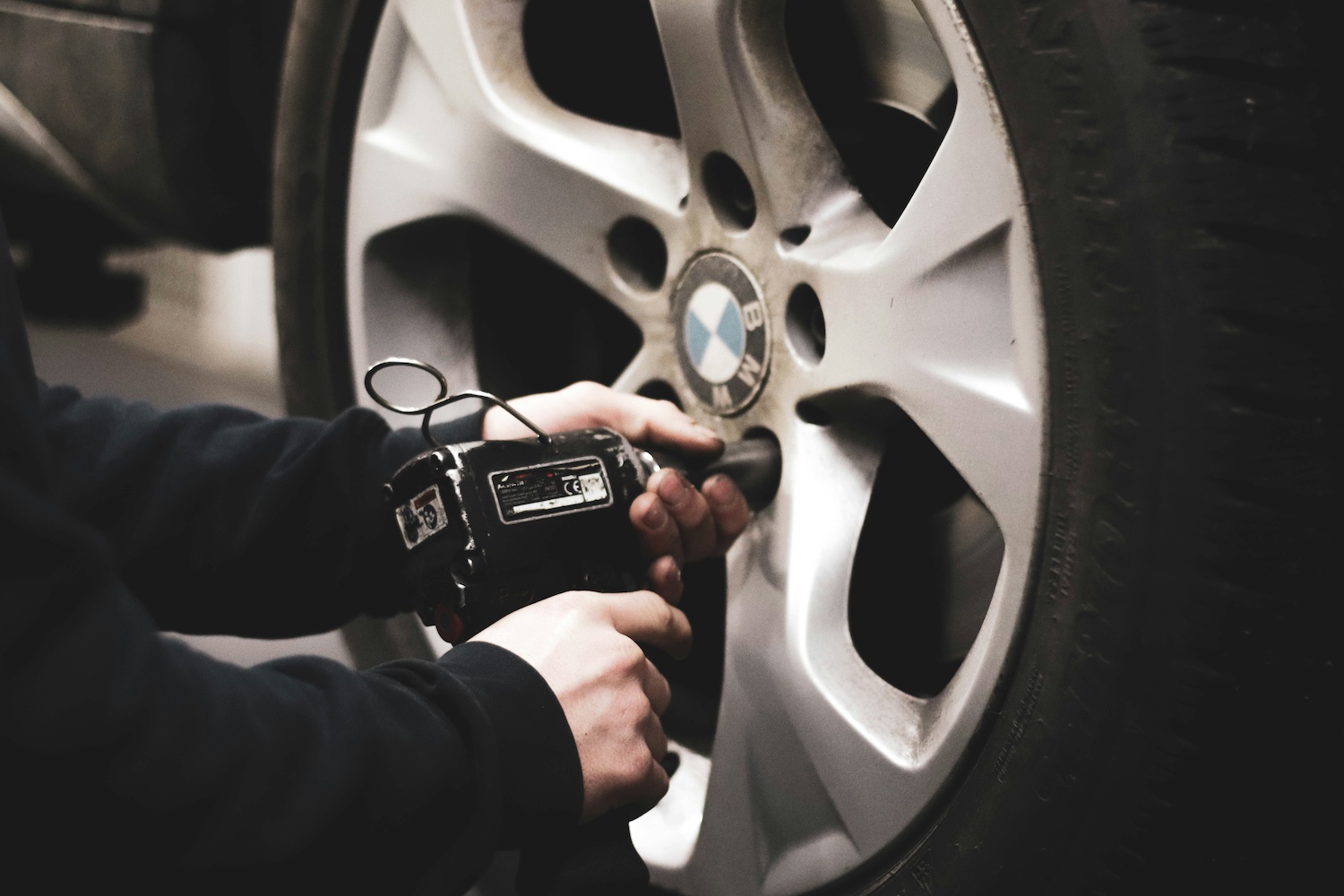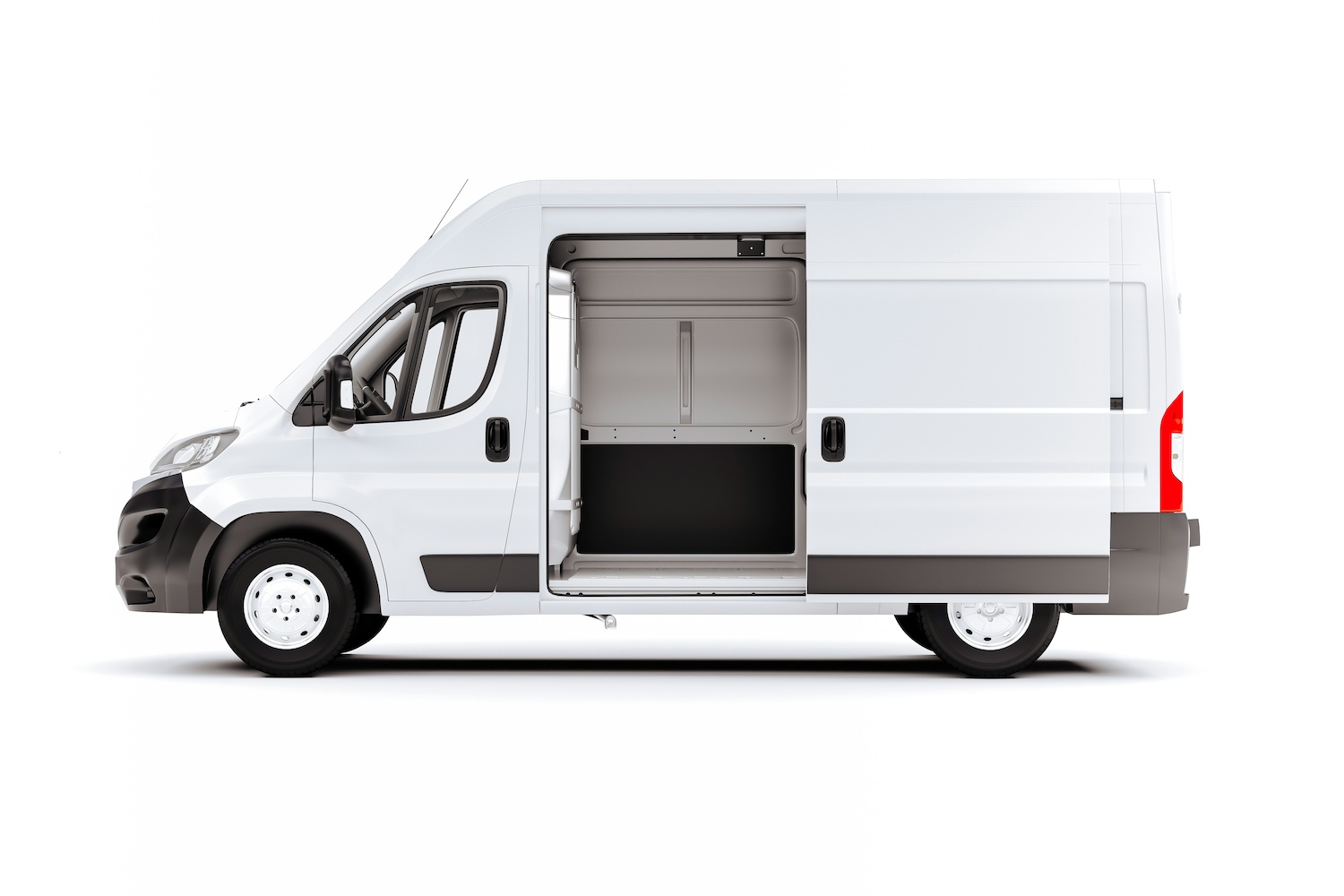When it comes to acquiring vehicles for small businesses, the decision between leasing and buying is an important one. In our quick comparison we look at the financial implications of each option, focusing on cars and vans. Exploring various cost factors including initial expenses, monthly outlays, and long-term financial impacts to determine which method might serve a small business best.
Upfront Costs
Buying:
Purchasing a vehicle outright often requires a significant upfront payment, typically the full price of the vehicle or a substantial down payment if financed. This initial cost can be a major financial burden for small businesses, affecting cash flow and limiting liquidity.
Leasing:
Leasing a vehicle, conversely, usually involves a much lower upfront cost. Initial expenses might include the first month’s payment, a refundable security deposit, and possibly an acquisition fee, but these are generally much lower than the down payment required when buying.
Monthly Payments
Buying:
Monthly payments when purchasing a vehicle tend to be higher if the vehicle is financed, as they contribute toward building equity in the vehicle. These payments also include interest charges, which can vary based on credit ratings and loan terms.
Leasing:
Lease payments are typically lower than loan payments because lessees pay for the vehicle’s depreciation during the lease term rather than the total purchase price. This can result in lower monthly costs over the lease period, which is usually 2-3 years.

Maintenance and Repairs
Buying:
Owners are responsible for all maintenance and repair costs once the manufacturer’s warranty expires. For businesses using their vehicles heavily, this can lead to significant expenses as the vehicle ages.
Leasing:
Most leases cover the vehicle for the duration of the lease term, often aligning with the manufacturer’s warranty. This means less likelihood of incurring high repair costs. Some lease agreements even include regular maintenance, further reducing unexpected expenses.
Tax Implications
Buying:
Purchasing a vehicle allows businesses to benefit from tax deductions such as depreciation, interest on loans, and other expenses related to the use of the vehicle for business purposes.
Leasing:
Lease payments can also be deducted as a business expense on tax returns, which can simplify the accounting process. However, there are limits and conditions that need to be considered.
Long-Term Financial Outcomes
Buying:
Long-term, buying a vehicle is often more economically advantageous as the asset is owned outright after the loan is paid off. The vehicle can also be sold at any time, potentially recouping some of the investment.
Leasing:
Leasing offers less financial benefit in the long term since there is no equity accumulation or residual value at the end of the lease. However, it allows businesses to transition to new vehicles regularly, avoiding the pitfalls of aging vehicles.
The decision between leasing and buying depends heavily on the specific needs and financial situation of a business. Leasing can be more cost-effective in the short term, offering lower monthly payments and reduced maintenance concerns. Buying, however, may be more beneficial for businesses looking for long-term investments and lower overall lifetime costs. It’s important to weigh these factors carefully to choose the best financing option for your vehicle needs. By carefully considering your needs, a small business can make a well-informed decision that aligns with financial strategies and operational requirements.
